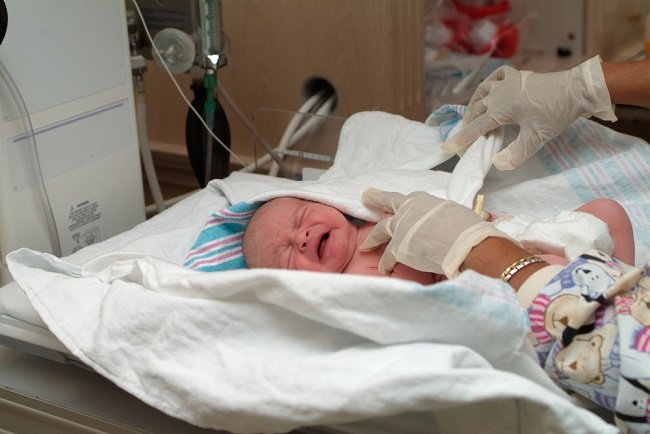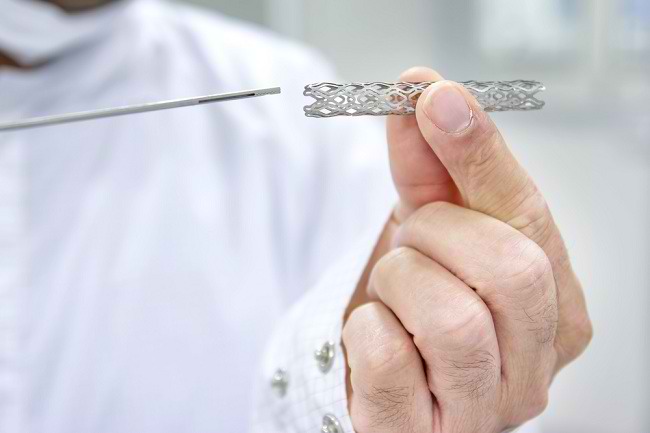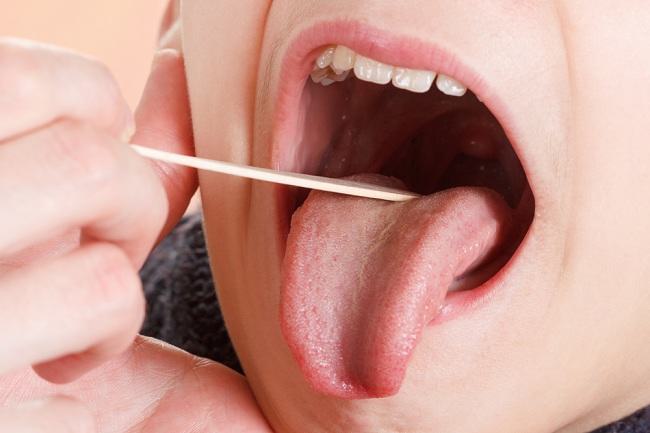Dydrogesterone is a drug to treat conditions caused by a deficiency of the hormone progesterone, such as menstrual disorders, repeated miscarriages, infertility or infertility,or endometriosis.
Dydrogesterone belongs to a type of progestogen drug which is a synthetic form of the hormone progesterone. Dydrogesterone can help regulate the normal growth and shedding of the uterine lining.

Dydrogesterone trademark: Duphaston, Femoston Conti, Femoston
What is Dydrogesterone
| group | Hormone |
| Category | Prescription drugs |
| Benefit | Treating menstrual disorders, repeated miscarriages, threatened miscarriage, infertility or infertility, and endometriosis. |
| Consumed by | Mature |
| Dydrogesterone for pregnant and lactating women | Category N: Not categorized. It is not known whether dydrogesterone can be absorbed into breast milk or not. Pregnant and breastfeeding women should consult their doctor before taking this drug. |
| Drug form | Film-coated tablets |
Warnings Before Taking Dydrogesterone
Dydrogesterone is a hormonal drug that should not be taken carelessly. Before taking this drug, you need to pay attention to the following:
- Do not take dydrogesterone if you are allergic to this drug.
- Tell your doctor if you have or have ever had heart disease, liver disease, breast cancer, unexplained menstrual bleeding, porphyria, or depression.
- Do not drive, use machinery, or perform activities that require alertness, while you are taking dydrogesterone, as this medicine may make you dizzy or drowsy.
- Tell your doctor if you are pregnant, plan to become pregnant, or are breastfeeding.
- Tell your doctor if you are taking certain medications, supplements, or herbal products.
- See your doctor right away if you have an allergic reaction or overdose after taking dydrogesterone.
Dosage and Instructions for Use of Dydrogesterone
Dydrogesterone should only be used as prescribed by a doctor. The following are general doses of dydrogesterone based on their intended use:
Purpose: Treating dysmenorrhea (painful menstruation)
- 10 or 20 mg per day, starting on days 5–25 of the menstrual cycle.
Purpose: Treating endometriosis
- 10–30 mg per day, starting on day 5–25 of the menstrual cycle.
Purpose: Treating abnormal uterine bleeding
- The initial dose to stop bleeding is 20–30 mg daily, given for up to 10 days.
- The maintenance dose is 10–20 mg per day during the second half of the menstrual cycle.
Purpose: Treating secondary amenorrhea
- 10 or 20 mg daily for 14 days in the 2nd half of the menstrual cycle.
Purpose: Overcoming premenstrual syndrome
- 10 mg 2 times a day, starting from the second half of the menstrual cycle until the first day of the next cycle.
Purpose: Overcome irregular menstrual cycles
- 10 or 20 mg per day, starting from the second half of the menstrual cycle until the first day of the next cycle.
Purpose: Overcoming the threat of miscarriage
- Initial dose of 40 mg, followed by 20–30 mg daily until symptoms subside.
Purpose: Overcoming repeated miscarriages
- 10 mg 2 times daily, until the 12th week of gestation.
Purpose: Treating infertility or infertility due to luteal insufficiency
- 10–20 mg per day, starting from the second half of the menstrual cycle until the first day of the next cycle.
How to Take Dydrogesterone Correctly
Follow the doctor's advice and read the information listed on the dydrogesterone package before starting to take it. Dydrogesterone can be taken before or after meals.
If you forget to take dydrogesterone, take it as soon as you remember if the gap between the next consumption schedule is not too close. If it is close, ignore it and do not double the dose.
Try to take dydrogesterone at the same time every day for more effective treatment.
Store dydrogesterone at room temperature. Do not store this medicine in a humid place or in direct sunlight. Keep dydrogesterone out of the reach of children.
Dydrogesterone Interactions with Other Drugs
Dydrogesterone can cause drug interactions in the form of increasing drug metabolism when used with carbamazepine, efavirenz, phenobarbital, and rifampin.
Side Effects and Dangers of Dydrogesterone
Some of the side effects that can occur after taking dydrogesterone are:
- Headache
- Drowsiness
- Dizzy
- Nauseous
- Throw up
- Stomach ache
- Vaginal bleeding
- Breast pain
- Mood swings
See a doctor if you experience any of the side effects mentioned above. Immediately see a doctor if you experience an allergic reaction to the drug, such as swelling of the lips and eyelids, an itchy rash, or difficulty breathing, after taking dydrogesterone.









